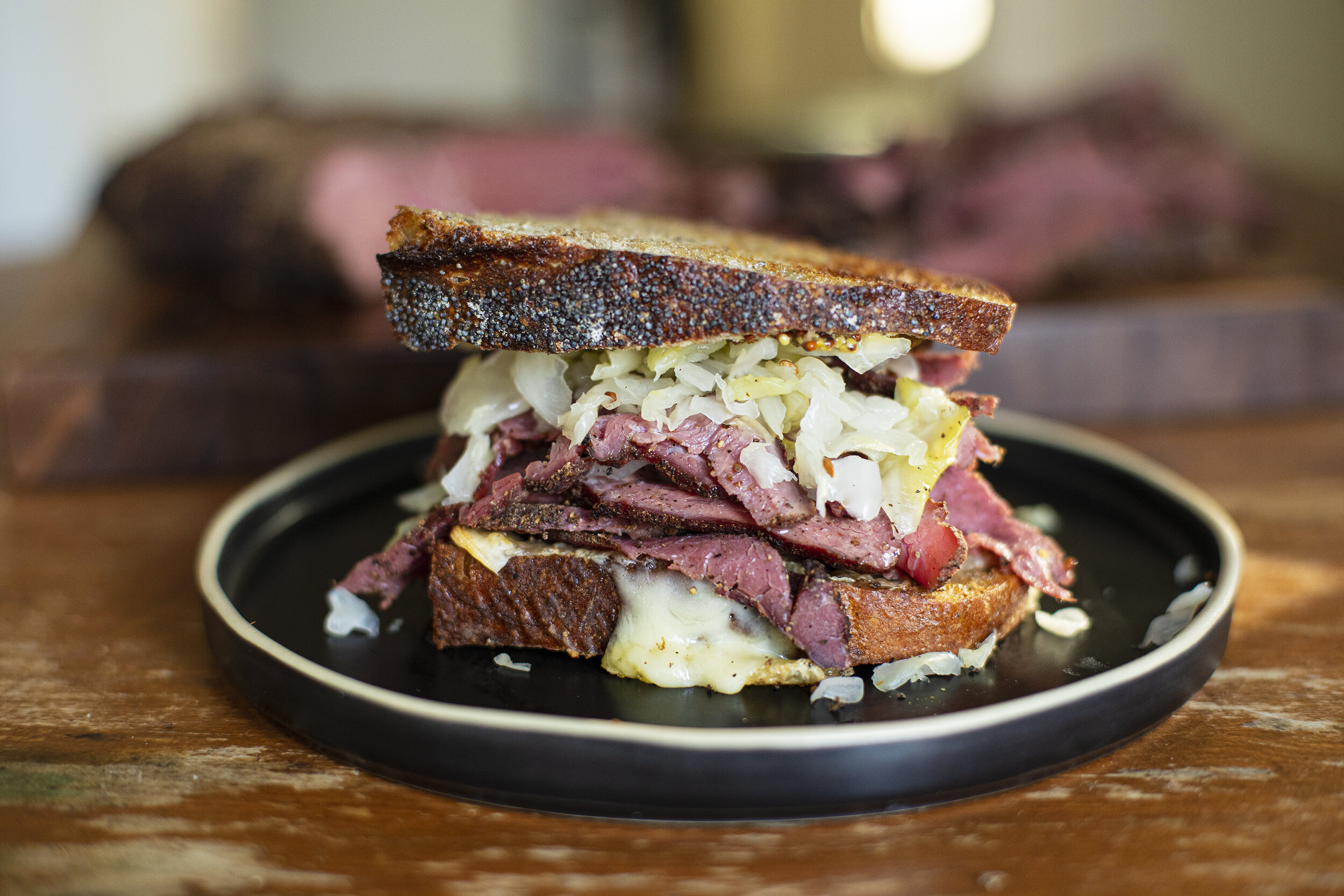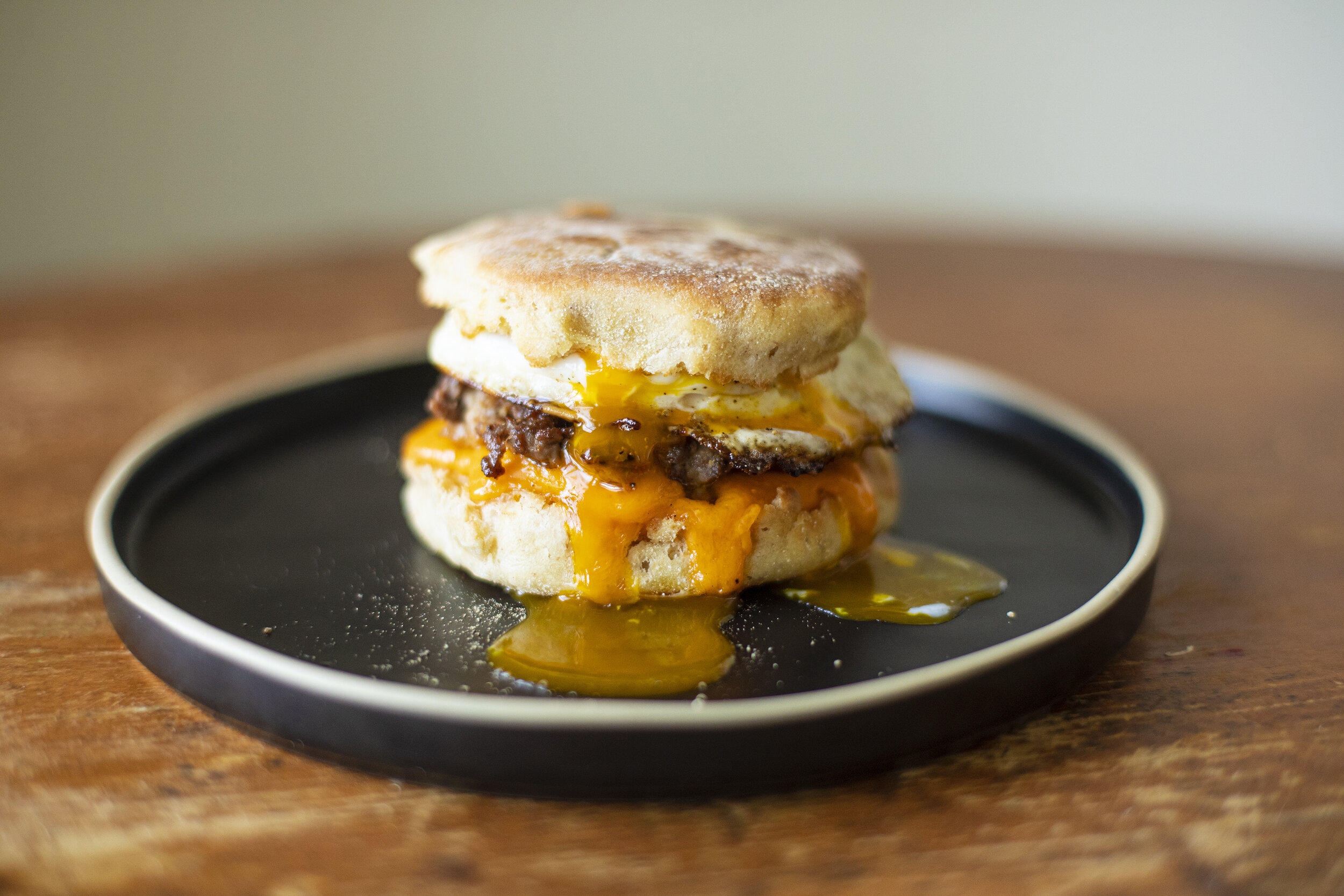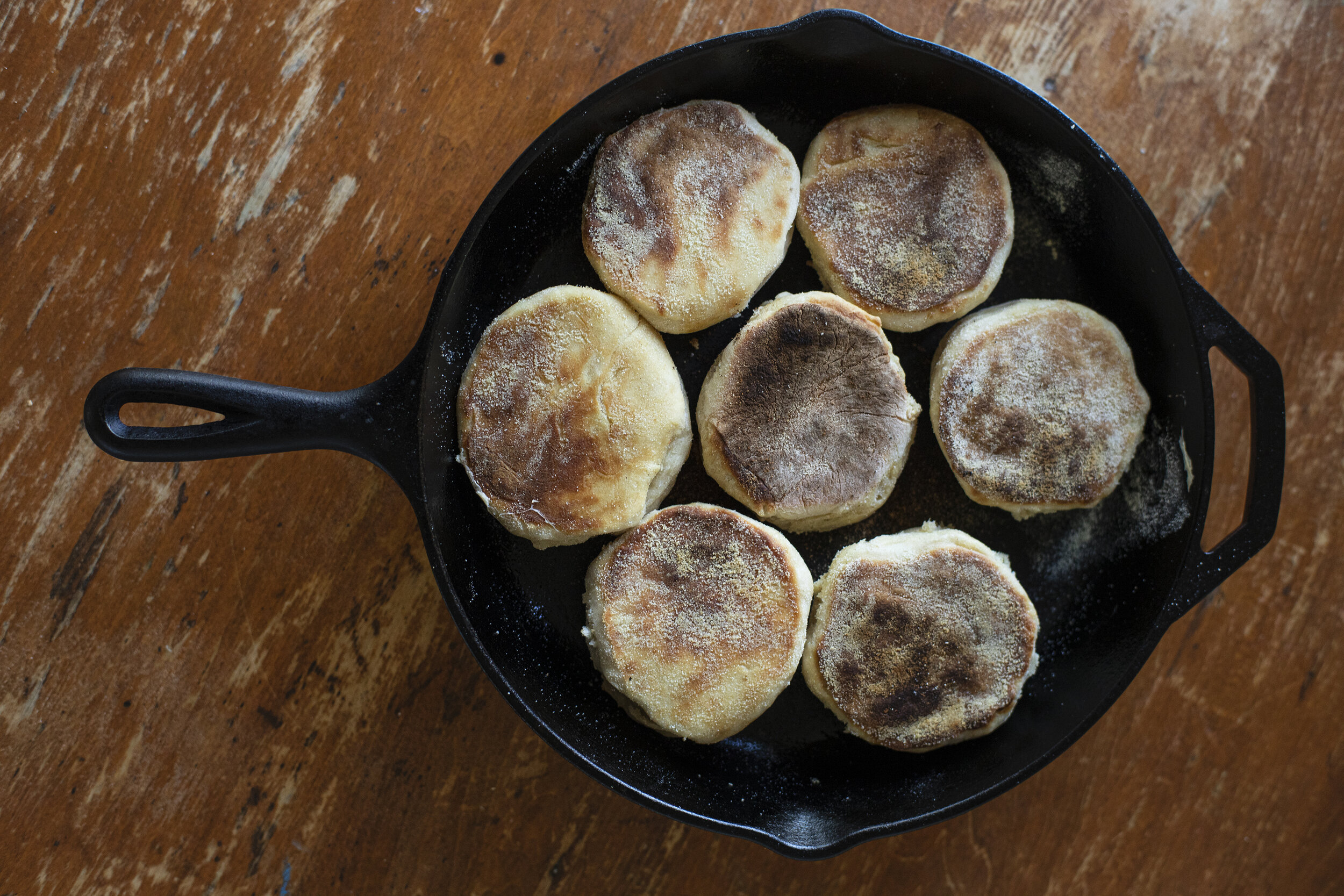Savory Venison Pie
As another snow storm descends I was craving something decadent. This savory venison pie has been something I've been thinking about for a while and today was the perfect day to do it. It's essentially a venison stew, slow cooked for 4 hours until tender and then topped with a super flaky pie crust. To take it to the next level I threw in a big fat marrow bone which functions as a chimney for the pie as it steams in the oven. It also looks pretty impressive too. Hunting season officially ended yesterday so now I can shift my focus into more elaborate cooking projects. You could easily swap out the venison for beef or even lamb and it would still be an extremely delicious dish. Video of the process is below.
The Filling (Stew)
Ingredients
3 pounds of venison (or other meat of choice), cubed into stew sized pieces
2 Leeks (finely chopped)
5 - 7 medium sized carrots (half finely diced and the other half chopped into larger pieces that you’ll add later)
2 - 3 ribs of celery (finely chopped)
4 cloves of garlic (minced)
1 cup of frozen peas
1 cup of white wine
5 leaves of fresh sage (finely minced)
Few sprigs of thyme
Flour
1-2 tbsp butter
4-6 cups of beef/chicken broth (homemade is best)
Directions:
Bring a large dutch oven to medium heat on the stove top. Add some olive oil to cover the bottom.
Brown your meat in batches and set aside in a pan.
Add butter to the pot. Once it melts sprinkle in a few tbsp of flour. Stir constantly and scrape up any bits of meat stuck to the bottom of the pan. The roux will start to darken over the next few minutes.
Add the chopped celery, finely diced carrots, garlic, leeks, thyme, and sage. Saute for a few minutes until softened.
Add the white wine and cook down for a few more minutes.
Return the meat back to the pot and set to a low simmer.
Add in the warmed broth, cup by cup, until it comes up to almost the top of the meat. You do not want to fully submerge the meat. Simmer on low, uncovered, stirring frequently for the next 3-4 hours until the meat is tender. As the liquid cooks down, you should add more broth periodically to maintain a consistent level in the pot. As the stew cooks, you can prepare the pie dough.
After about 3 hours, add the larger pieces of carrots and allow to cook for at least another 10-15 minutes.
Add in the frozen peas. Remove from the heat and allow to cool for at least 30 minutes.
The Pie Crust
I’m using a Smitten Kitchen recipe for my pie dough which uses the following ingredients.
Ingredients
8 tbsp butter
1 cup of all purpose flour
1/3 tsp sea salt
1/4 cup cold water
1/2 tbsp granulated sugar
I followed her recipe and was very satisfied with the results.
The Final Pie
Ingredients:
1 marrow bone
Egg wash
Directions:
Set your oven to 375F.
Place the marrow bone in the center of your pie dish.
Fill the remaining area of the dish with the stew all the way up to the top of the dish.
Roll out your pie dough so it is a few inches larger than the pie dish you’ll be baking in.
Using a knife make an X in the middle of the dough slightly larger than the diameter of the marrow bone.
Carefully slip on the dough so that the marrow bone slides through the X and use your hands to shape the dough over the surface of the edges of the dish. Pinch the rim all the way around and let the excess dough hang over the edges like a skirt.
Use a fork to press around the entire circumference of the dish.
Using a sharp knife make a few X’s in the surface of the dough to allow for additional steaming.
Brush on the egg wash all over the dough. Make sure to get the sides as well.
Bake for about 40 minutes until the crust is golden brown and flaky.
Allow to cool for about ten minutes before serving.


































